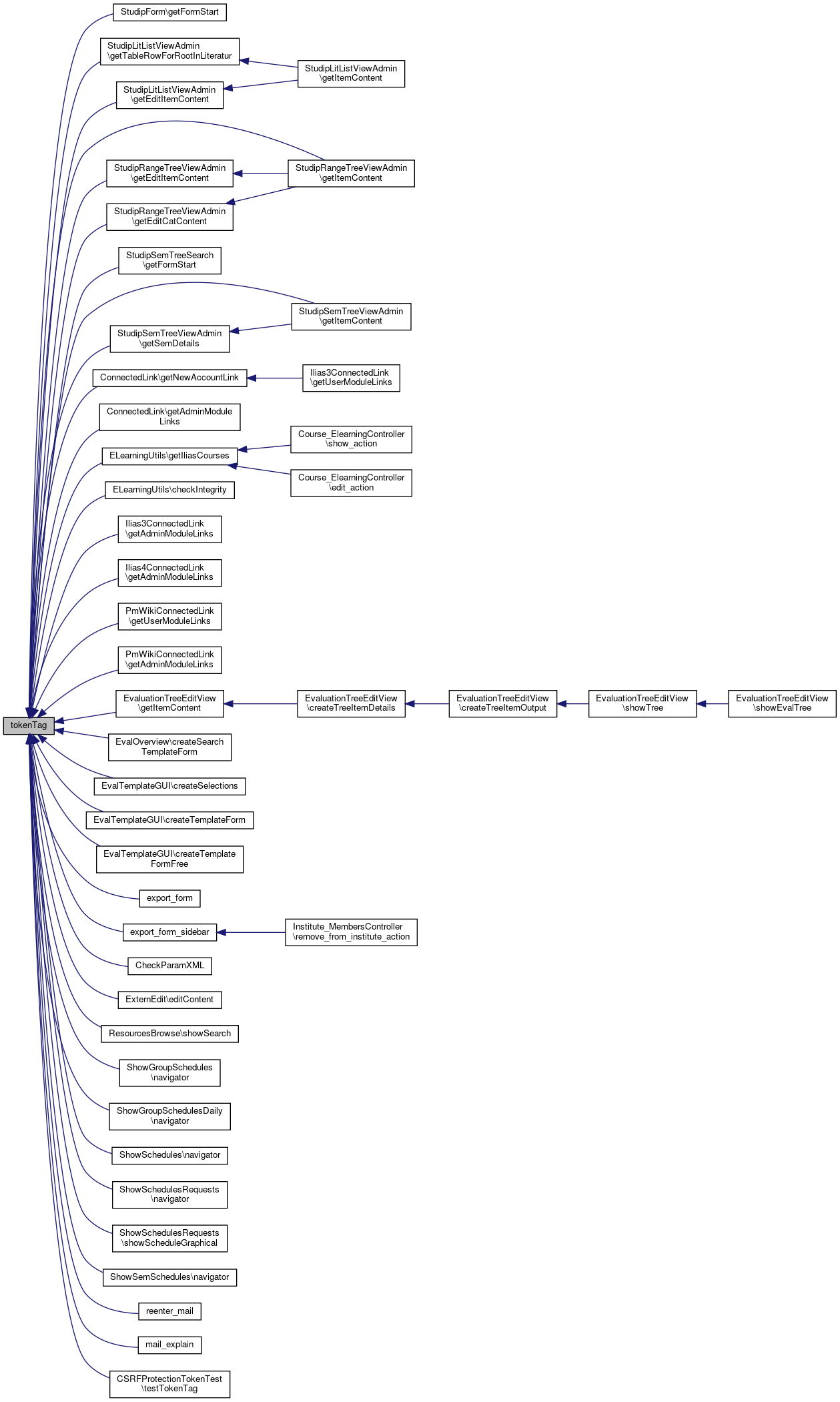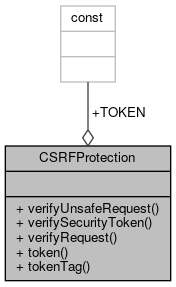
Static Public Member Functions | |
| static | verifyUnsafeRequest () |
| static | verifySecurityToken () |
| static | verifyRequest () |
| static | token () |
| static | tokenTag () |
Data Fields | |
| const | TOKEN = 'security_token' |
Detailed Description
To protect Stud.IP from forged request from other sites a security token is generated and stored in the session and all forms (or rather POST request) have to contain that token which is then compared on the server side to verify the authenticity of the request. GET request are not checked as these are assumed to be idempotent anyway.
If a forgery is detected, an InvalidSecurityTokenException is thrown and a log entry is recorded in the error log.
The (form or request) parameter is named "security token". If you are authoring an HTML form, you have to include this as an input[@type=hidden] element. This is easily done by calling:
Checking the token is implicitly done when calling page_open in file lib/phplib/page4.inc
Member Function Documentation
◆ token()
|
static |
Returns the token stored in the session generating it first if required.
- Returns
- string a base64 encoded string of 32 random bytes
- Exceptions
-
SessionRequiredException there is no session to store the token in
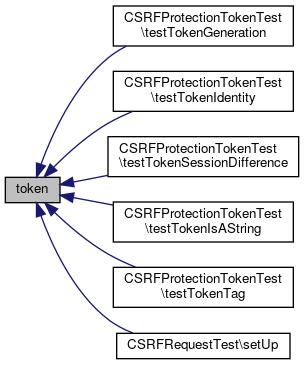
◆ tokenTag()
|
static |
◆ verifyRequest()
|
static |
This checks the request and returns either true or false. It is implicitly called by CSRFProtection::verifySecurityToken() and it should never be needed to call this.
- Returns
- boolean returns true if the request is valid

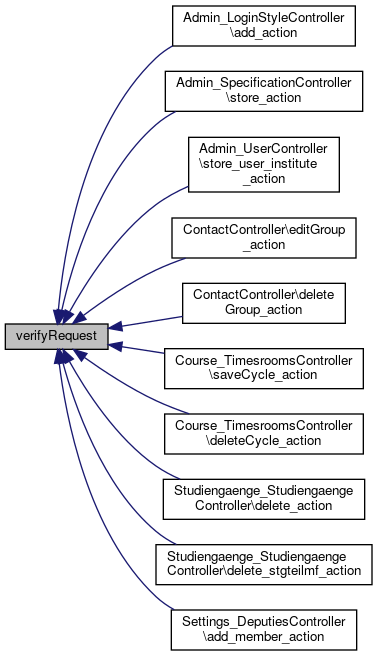
◆ verifySecurityToken()
|
static |
This checks the request and throws an InvalidSecurityTokenException if fails to verify its authenticity.
- Exceptions
-
InvalidSecurityTokenException request is invalid
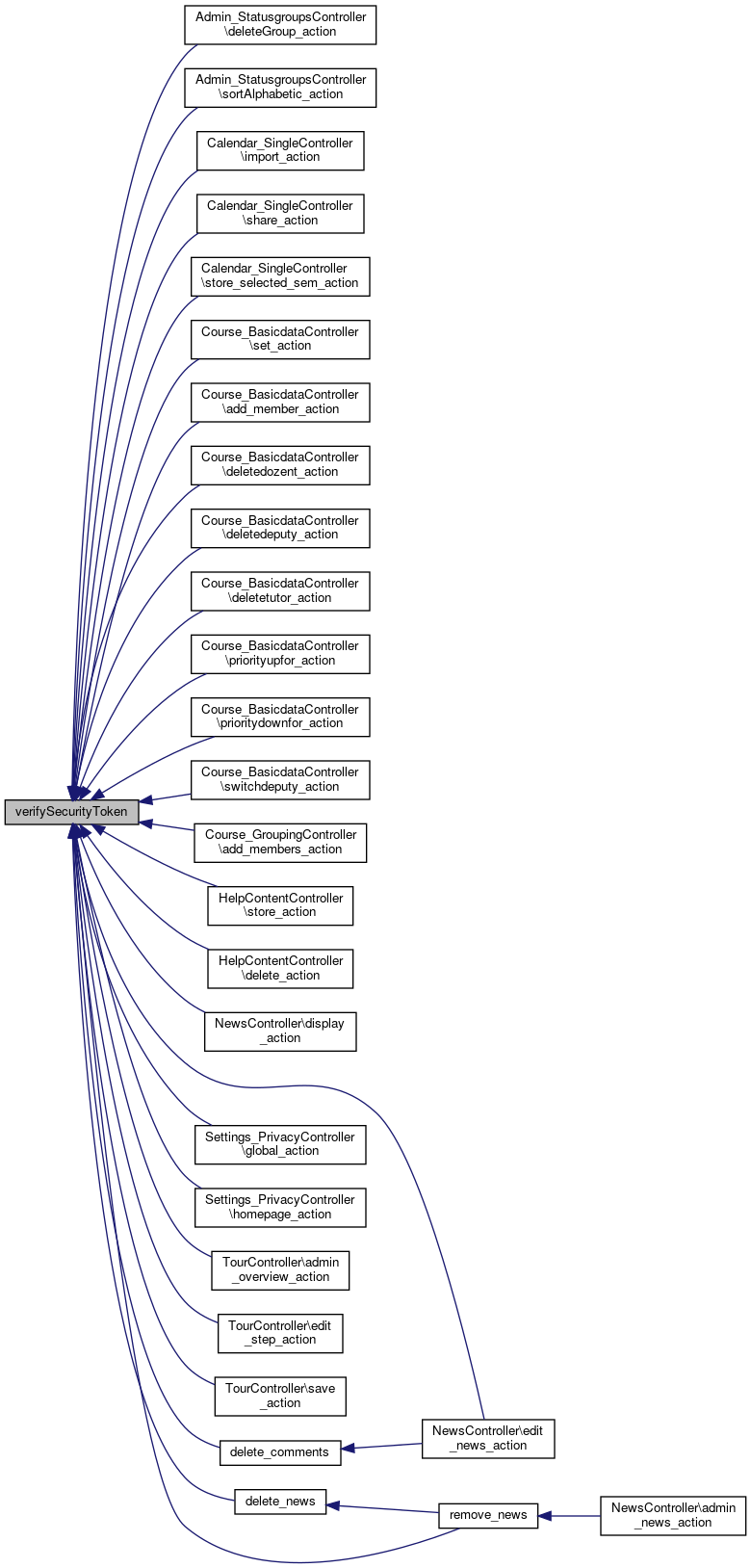
◆ verifyUnsafeRequest()
|
static |
This checks the request and throws an InvalidSecurityTokenException if fails to verify its authenticity.
- Exceptions
-
MethodNotAllowed The request has to be unsafe in terms of RFC 2616. InvalidSecurityTokenException The request is invalid as the security token does not match.

Field Documentation
◆ TOKEN
| const TOKEN = 'security_token' |
The name of the parameter.
The documentation for this class was generated from the following file:
- lib/classes/CSRFProtection.php
